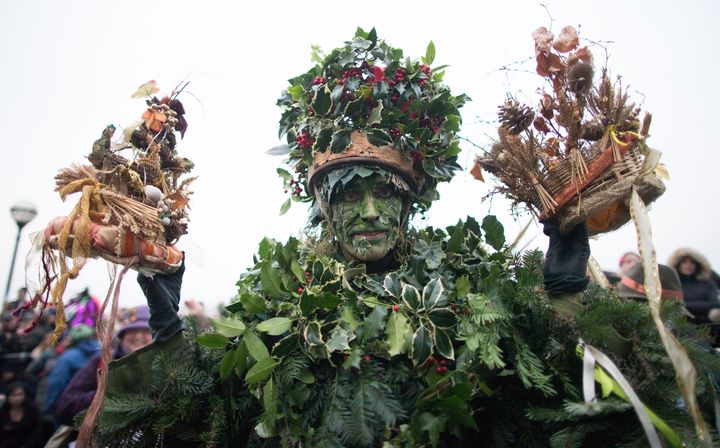
Twelfth Night is not a national holiday in the UK and is nowhere near as celebrated as Christmas.
But, you may well have heard of it, perhaps through your digital calendar or through the famous William Shakespeare play. So, what is it – and why is it tied so tightly to the festive season?
What are Twelfth Night’s religious origins?
Twelfth Night is the night before Epiphany – meaning it usually falls on January 5.
Epiphany, also known as the Feast of the Three Kings, is a Christian feast day, meant to honour the day the three kings or wise men visited Jesus after his birth.
According to the online encyclopaedia Britannica, Epiphany comes from the Greek word for manifestation or to reveal (epiphaneia) – referring to the way in which Jesus was revealed to the three wise men.
Epiphany is one of the three main oldest festivals in the Christian church, alongside Easter and Christmas.
Is it January 5 or 6?
Well, that depends on the different branches of Christianity. While it is widely seen as the 12th day of the Christmas season, some start counting those dozen days on Christmas Day itself – others start on Boxing Day.
The Anglican Churches tend to see January 5 as the Twelfth Night – meaning Epiphany is the next day – but other churches see it as January 6, so it’s on the same day as Epiphany.
What’s the cultural impact of the occasion?
Up until the 19th Century, Christmas would be celebrated for a full 12 days, which is why Twelfth Night was an important marker in the calendar.
It’s probably exactly when the Shakespeare comedy Twelfth Night (the story which influenced the 2006 classic film, She’s The Man) was performed, being a play about celebration and merriment.
It was also the last day of celebrations before those in agricultural communities had to return to work on the following Monday (known as Plough Monday).
In some areas, Epiphany is still celebrated. Particular pastries may be eaten, and children may receive presents in their shoes to remember the three wise men’s gifts to baby Jesus, according to Britannica.
While Twelfth Night is not as popular as Christmas in the UK these days, it is still seen as the point when many people take down their Christmas decorations for the year to avoid bad luck.
What does it have to do with ‘bad luck’?
It all comes from a medieval notion that decorations left up after a certain point would be “possessed by goblins”, according to English Heritage.
But, this point was not January 5 or 6 – it was February 2, also known as Candlemas in the Christian calendar.
According to English Heritage, people in the medieval era used to leave their festive greenery up until Candlemas in honour of the time when Mary and Joseph took their child to Jerusalem Temple.
It falls exactly 40 days after Christmas, and in medieval England it was the official end of Christmas – and another feast day.
It was called Candlemas because the candles used in the church for the next year would be blessed on February 2.
However, this superstition was warped in the Victorian era.
As Professor Nick Groom, from the University of Exeter’s English department, told i news: ”It was basically the Victorians who decided that Christmas decorations should be taken down after 12 days because they wanted to get everybody to work. They fixed it as the season of Christmas in the 19th century.”